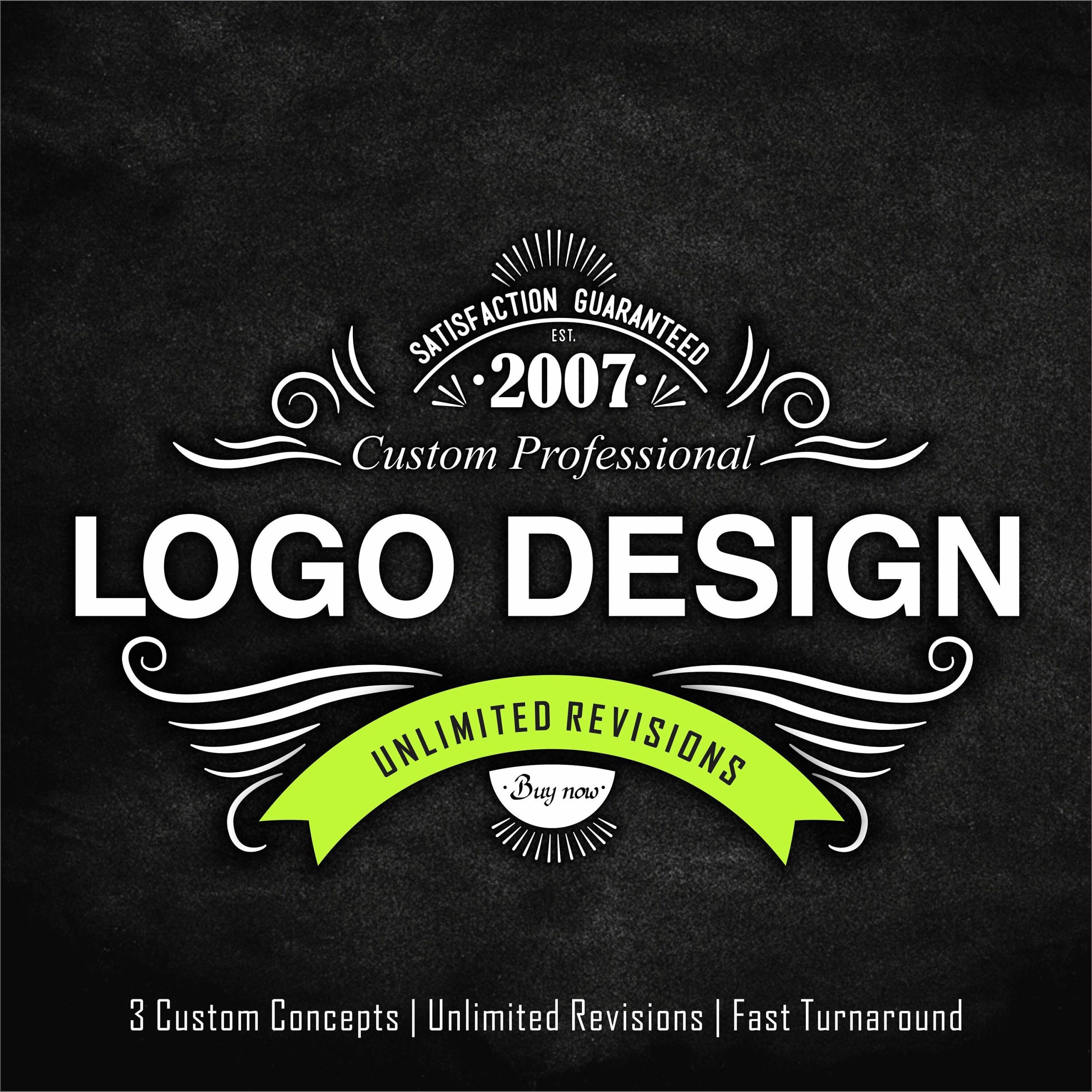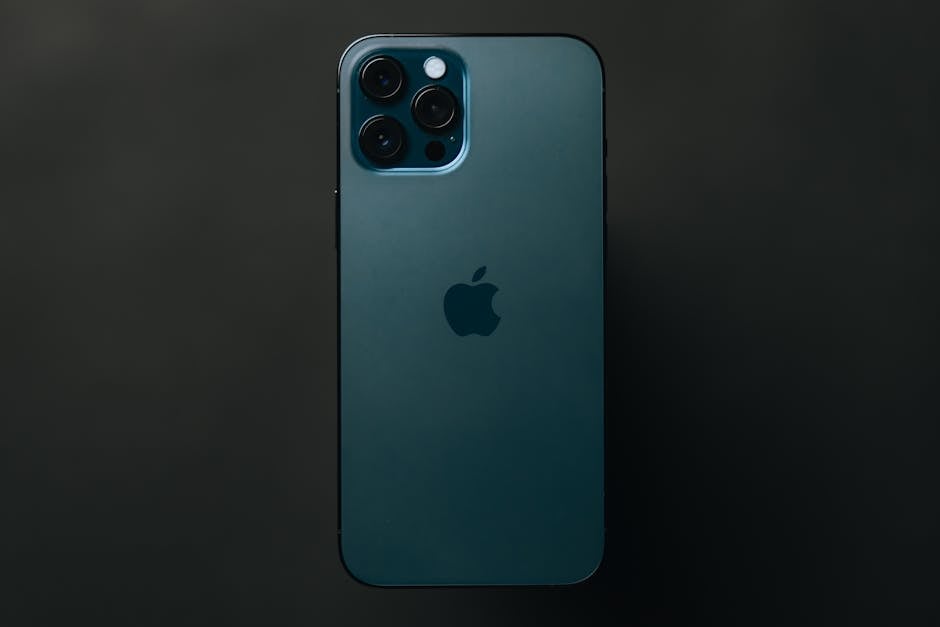
Welcome to the often chaotic, endlessly frustrating world of logo design revisions. Ah, the beautiful dance of receiving feedback from clients. It’s like trying to teach a cat to fetch – just slightly less impossible. But fear not, dear designers, for we are here to guide you through the treacherous waters of client critiques and revisions. So grab your pens, buckle up, and get ready to dive headfirst into the art of feedback.
Understanding the Importance of Constructive Feedback
Imagine you’re a contestant on a reality TV show, trying to impress the judges with your cooking skills. You present your dish to the judges, expecting praise and a high score. Instead, they grimace, spit out your food, and tell you it tastes like a shoe. Ouch! Feedback can be brutal, but it’s all about how you spin it.
Constructive feedback is like a roadmap to success. It can help you improve, grow, and become the best version of yourself. So, put on your thick skin and learn to embrace feedback, no matter how harsh. Remember, even Gordon Ramsay had to take criticism before he became a Michelin-star chef.
Here are a few reasons why constructive feedback is essential:
- It helps you see blind spots: Sometimes, we’re too close to our work and can’t see our mistakes. Feedback from others can shine a light on areas we need to improve.
- It fosters growth: Without feedback, we’d be stuck in our ways, never evolving or reaching our full potential. Embrace feedback as a tool for personal and professional growth.
- It shows you care: When someone takes the time to give you feedback, it shows they care about your success. So, instead of taking it personally, treat it as a gift.
Establishing Clear Communication Channels with Clients
When it comes to , it is essential to set the right tone from the start. You want your clients to know that you are always available to address any concerns or questions they may have. Here are some tips to help maintain open and effective communication:
- **Set Expectations:** Make sure your clients know the best methods to reach you, whether it’s through email, phone, or carrier pigeon (just kidding, we don’t actually recommend carrier pigeons).
- **Be Responsive:** When a client reaches out to you, don’t leave them hanging. Respond promptly and address their needs in a timely manner.
- **Use Plain Language:** Avoid using jargon or complicated terms that could confuse your clients. Clear communication is key to avoiding misunderstandings.
By establishing clear communication channels with your clients, you can build trust and ensure that everyone is on the same page. Remember, communication is a two-way street, so make sure to listen to your clients’ concerns and feedback. With a little humor and open communication, you’ll be able to effectively collaborate with your clients and achieve successful outcomes.

Utilizing Client Input to Improve Logo Designs
Client input is essential in the logo design process. After all, they are the ones who will be using the logo to represent their brand. But sometimes clients can be, well, difficult. Here are a few tips on how to utilize client input to improve logo designs without losing your sanity:
1. **Listen Carefully**: Even if the client is rambling on about their pet cat, every once in a while, they may drop a gem of an idea that could take your logo design to the next level.
2. **Ask the Right Questions**: Sometimes clients have a hard time articulating what they want. Ask probing questions like, “If your brand was a superhero, what superpowers would it have?” You might be surprised by the answers you get.
3. **Provide Mockups**: Sometimes clients just need to see something visual in order to get their creative juices flowing. Create a few rough logo mockups based on their input and watch the ideas start to flow.
4. **Embrace the Crazy**: Sometimes clients come up with the most outlandish ideas. Instead of shutting them down immediately, try to incorporate elements of their wild ideas into your designs. You may end up with a logo that is truly unique and eye-catching.

Implementing Revisions Based on Feedback
After receiving feedback from our users, it’s time to roll up our sleeves and make some revisions. Now, let’s dive into the wonderful world of implementing changes based on what we’ve heard:
First things first, let’s tackle those pesky bugs that have been causing havoc. Our developers are on it, armed with their trusty keyboards and plenty of coffee. No bug stands a chance against their mighty coding prowess!
Next up, let’s address those feature requests that have been pouring in faster than a toddler can make a mess. Our team is prioritizing based on popular demand and feasibility. Soon, you’ll be enjoying an updated experience that’s smoother than a freshly buttered slide.
Lastly, let’s give a round of applause to our amazing feedback team. They’ve been working tirelessly to compile all your comments and suggestions, sifting through the good, the bad, and the downright bizarre. Thanks to them, we’re able to make these revisions with confidence and a sprinkling of humor.

Strategies for Managing Client Expectations during the Revision Process
When it comes to managing client expectations during the revision process, it’s important to remember that communication is key. Be sure to set clear guidelines from the start so that your client knows what to expect.
One strategy to manage client expectations is to provide regular updates on the progress of the project. Let them know when you’ve reached certain milestones or if there are any delays. This will help keep them in the loop and prevent any surprises down the road.
Another helpful tip is to be transparent about what is and isn’t possible within the scope of the project. Don’t be afraid to push back if a client is asking for something that is unrealistic or beyond the original agreement. Setting boundaries early on will save both parties a lot of frustration in the long run.
Lastly, remember that revisions are a normal part of the creative process. Embrace feedback from your client and use it as an opportunity to make the project even better. Stay flexible and open-minded, and you’ll be able to navigate the revision process with ease.
Maximizing Client Satisfaction through Effective Feedback Implementation
So, you want to keep your clients happy, huh? Well, you’ve come to the right place! At our company, we take client satisfaction very seriously. We believe that the key to maintaining happy clients is through effective feedback implementation.
But how can you make sure that your clients are actually satisfied with your services? Well, it’s simple – just ask them! Send out surveys, conduct phone calls, and schedule in-person meetings to gather feedback. And don’t just stop at gathering feedback – make sure to actually listen to what your clients have to say. Take their suggestions to heart and implement changes accordingly. After all, the customer is always right, right?
One great way to show your clients that you care about their feedback is by implementing a rewards system. Offer incentives for clients who provide valuable feedback, whether it’s discounts on future services or exclusive perks. Trust us, your clients will appreciate the gesture and be more inclined to provide feedback in the future.
Remember, client satisfaction doesn’t happen overnight. It’s an ongoing process that requires dedication and hard work. But by implementing effective feedback strategies and truly listening to your clients, you can ensure that they remain happy and loyal customers for years to come!
FAQs
Why is feedback important in logo design?
Feedback is like the secret sauce in logo design – without it, your logo risks tasting as bland as unseasoned chicken. Just like a fine wine needs to age to perfection, your logo requires constructive criticism to refine it into a masterpiece.
How can I give effective feedback on a logo design?
It’s simple, really. Instead of saying “I don’t like it”, try “I feel the color scheme doesn’t resonate with our brand personality”. See, constructive criticism is like serving a gourmet meal - it’s all about the presentation.
What should I do if I receive feedback that I don’t agree with?
Take a deep breath, count to three, and calmly explain your reasoning. Remember, you’re the design mastermind here, so trust your instincts like a Jedi trusts the Force.
How many rounds of revisions are too many?
It’s like trying to find the perfect balance of sugar in your coffee – too much and it’s too sweet, too little and it’s bitter. Aim for a sweet spot of around 2-3 rounds of revisions, but don’t be afraid to add an extra sprinkle if needed.
What do I do if my client doesn’t like any of the logo options?
Take a deep breath, resist the urge to throw your laptop out the window, and remember that even Michelangelo had his off days. Go back to the drawing board with a fresh perspective, and remember – Rome wasn’t built in a day, and neither was the perfect logo.
In Conclusion: Unleash Your Inner Logo Whisperer
So there you have it, folks! Armed with the skills of a seasoned logo designer and the art of feedback, you are now ready to conquer the world of logo revisions like a boss. Remember, feedback is not your enemy – it’s your trusty sidekick in the journey towards logo greatness. So go forth, embrace the revisions, and unleash your inner logo whisperer upon the world. Happy designing!












